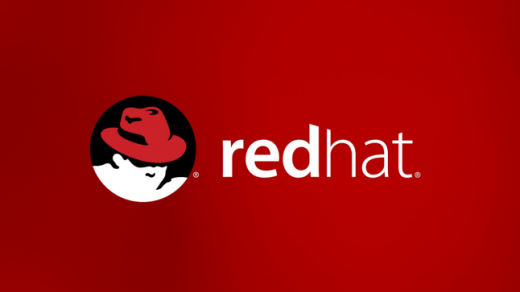Setting up a RHEL VM in KVM
Spinning up a RHEL VM on KVM is a straight forward process. I use this in my lab to build up numerous Red Hat servers for different RHCE labs that I need to run through during my studies. My IDM server has a DNS server running, so adding an A record of the newly created VM allows me to connect to the servers by hostname rather than IP. The below video shows the entire process step by step. The steps are also printed out below the video for your convenience.
virt-manager
- Choose New VM
- Local install media ISO
- Use ISO Image (select location)
- We will use 1 GB of RAM and 1 CPU
- Increase the drive space from 9 GiB to 30 GiB
- Change the server name to server3
- Leave the network as the default bridge network that we set up earlier
- Choose install Red Hat Enterprise Linux 7.4
Installing RHEL 7.4
- Choose English for the language
- Choose Mountain Time Zone
- Choose Infrastructure Server under Software Selection
- Installation Destination, leave it set for automatically configure partitioning
- Choose Network & Hostnames
- Turn on the NIC, verify that the server gets an IP address
- Change the hostname, I set mine to server3.den.therootuser.com
- Begin installation
Registering the Server
subscription-manager register
subscription-manager list --available --all
subscription-manager attach --pool {poolid}
yum update
If you do this install with CentOS you won’t need to use subscription-manager, and you can go straight into using yum update. If you want to use RHEL and don’t have a subscription Red Hat offers free developer subscriptions (non-production) that you can obtain.
Adding A record to DNS server
- Login to IDM server (https://rhellab.den.therootuser.com) – Default username is admin
- Choose Network Services
- Choose DNS / DNS Zones
- click on the zone name (den.therootuser.com)
- Click Add
- Record Name: server3
- Record Type: A
- IP address: 192.168.1.148
- Click Add
Test A record with ping
ping server3 ssh server3
Wrap up
The server is now up and running and part of DNS. If you have any questions, please feel free to leave me a comment and I will do my best to answer your questions. I hope you have enjoyed this article with the included video.
Cheers,
Ivan Windon – RHCSA


